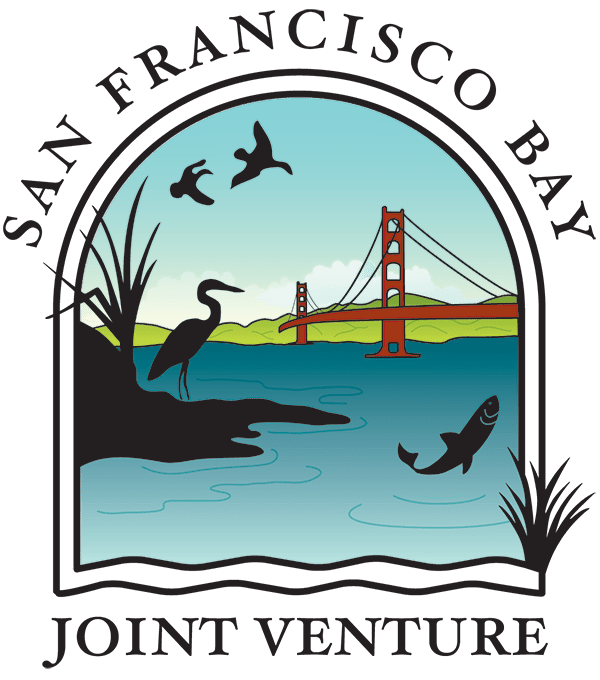Project Adoption
JV project adoption provides many benefits, including improved project design, enhanced competitiveness for funding, and increased project visibility. See the full list of SFBJV Project Adoption Perks HERE.
Our Conservation Committee reviews and recommends habitat conservation projects for adoption by our Management Board. To be adopted by the SFBJV, projects must align with our goals and project criteria, and present their project to the SFBJV Conservation Committee (which meets quarterly).
- SFBJV Project Adoption Criteria (updated July 2025)
The San Francisco Bay Restoration Authority gives priority to projects that are consistent with our Implementation Strategy. People applying for a Measure AA Grant must demonstrate their project is on our list or has consulted with the SFBJV Coordinator prior to applying.
To request project adoption: Please review the “How do I apply” section in the project criteria document, & email the required information to our Conservation Coordinator.
_________________________________________________________
Once a project is adopted by the SFBJV, it is added to our Adopted Project list as reference for funders and regional partners.
Active Projects
We provide periodic summaries of all our active and/or completed projects to illustrate the breadth and depth of our work. Current maps are posted here when they are available. Click HERE for a list (and HERE for the map) of proposed, completed, and in-progress or “active” SFBJV projects tracked in EcoAtlas.
While SFBJV staff are not out in the field often, or managing a project from start to finish, we support partner project implementation in a variety of ways.
- Management of a project tracking database, Project Tracker/EcoAtlas, that gives a comprehensive view of restoration projects going on throughout the nine Bay Area counties, generates accomplishment reports and active project maps;
- Assistance with various elements of project design and implementation via project adoption and providing up to date funding information;
- Featuring partner accomplishments in our newsletter, on our website and in other social media.
